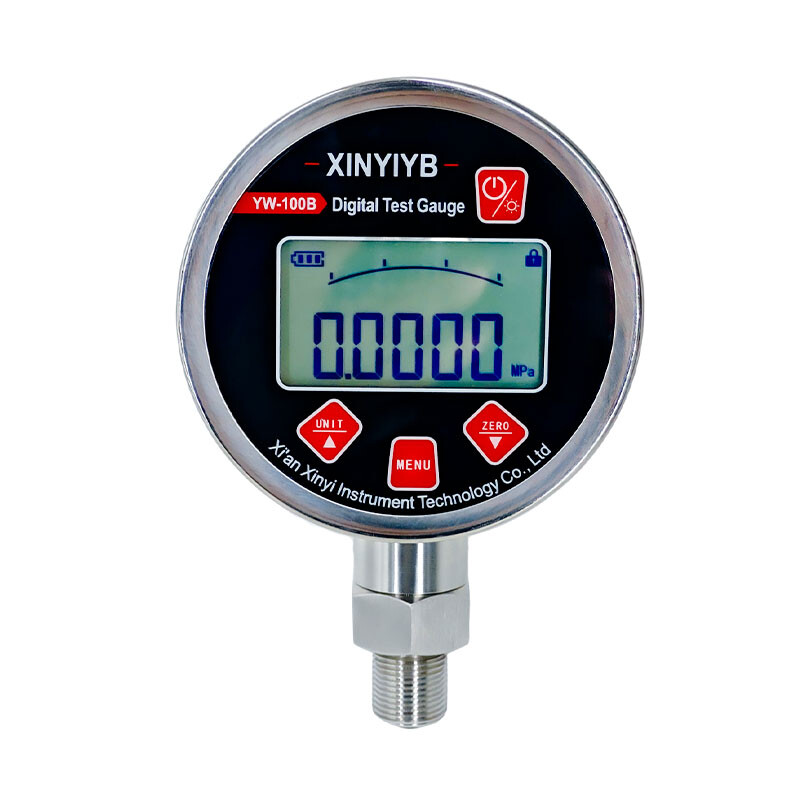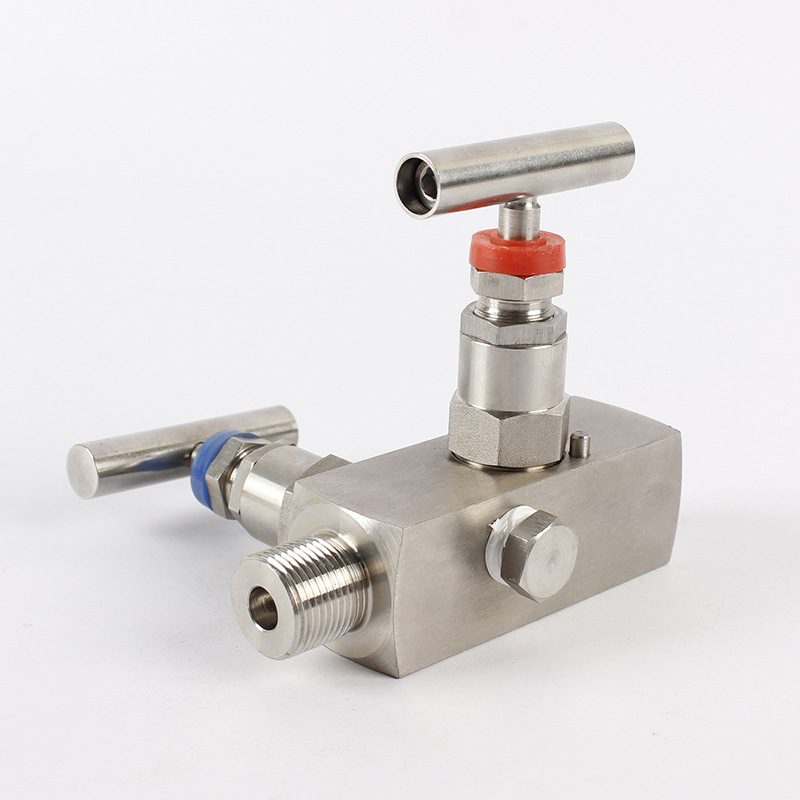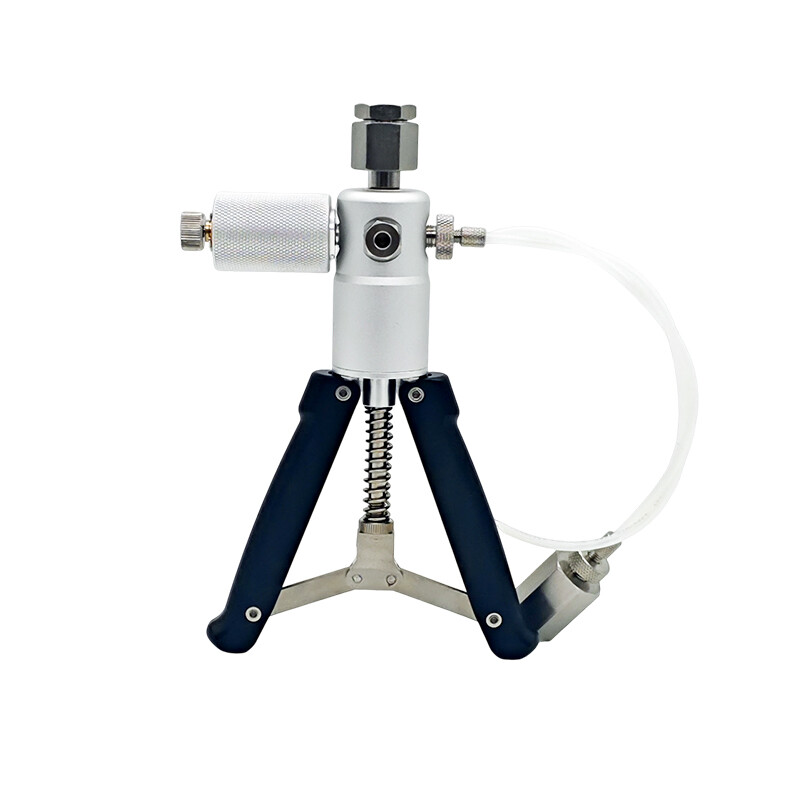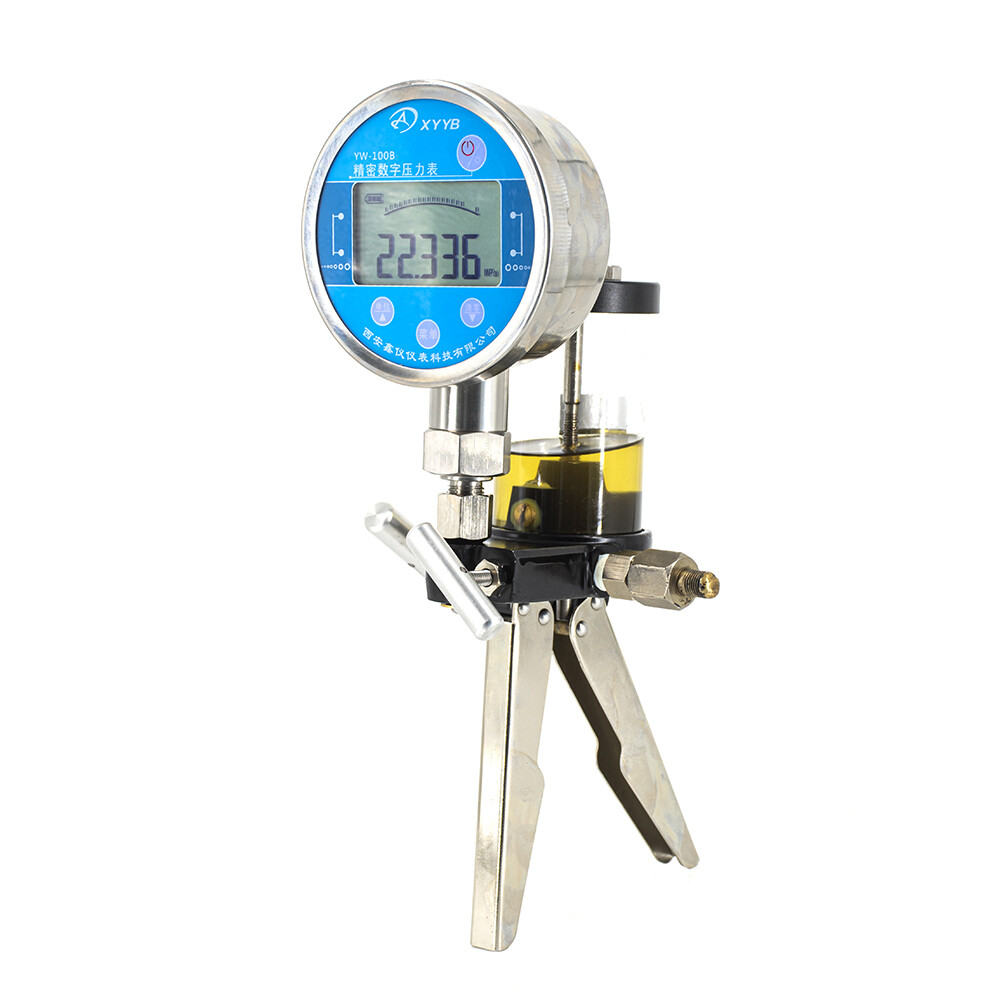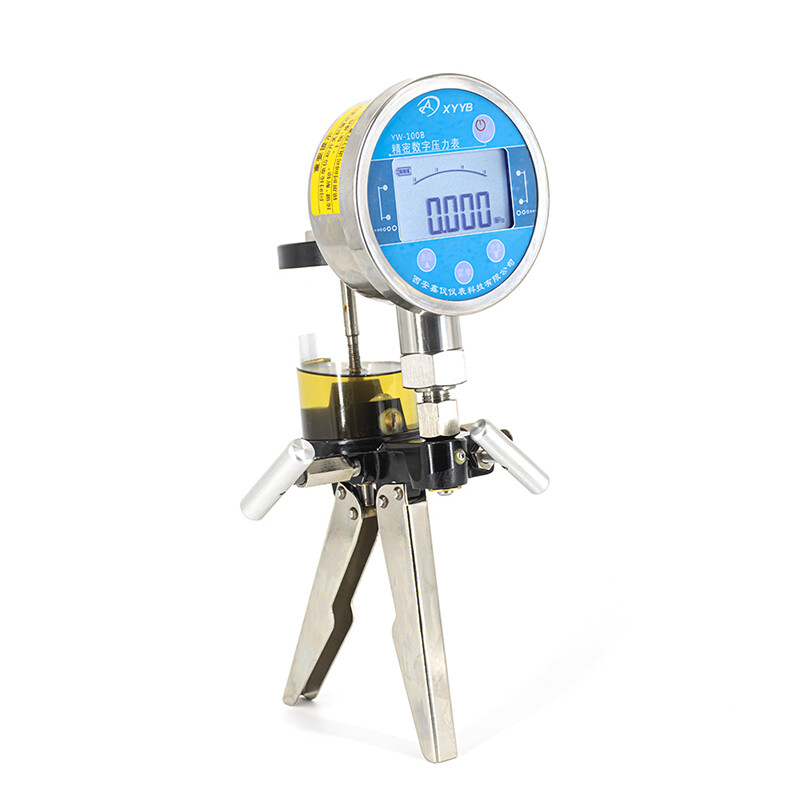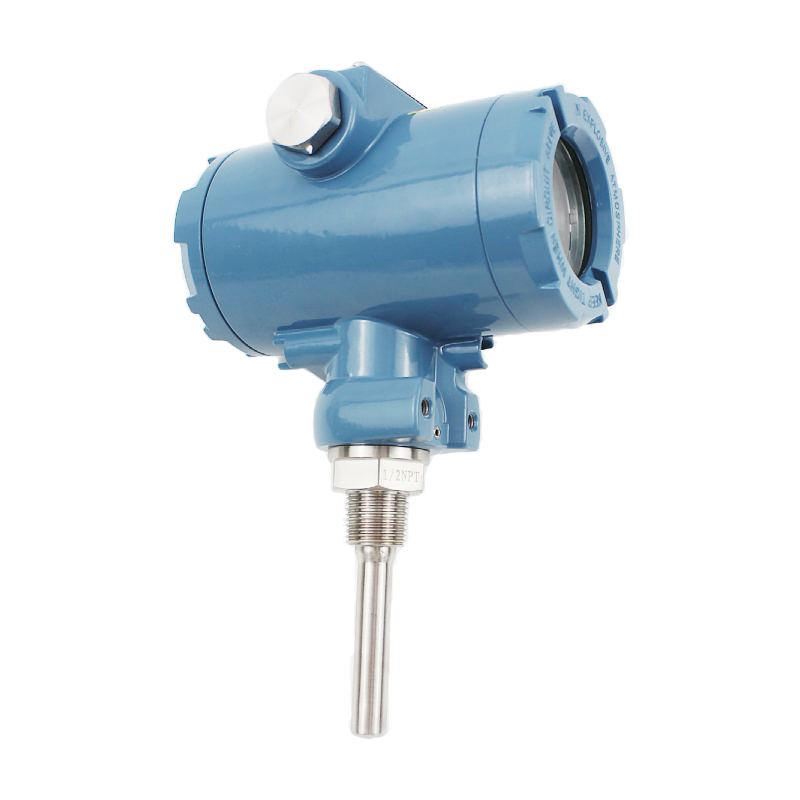Dry type temperature calibration furnace, also known as dry well furnace or dry type furnace, is a device used for on-site calibration of temperature sensors. It ensures the accuracy of temperature sensors by providing a stable and uniform temperature environment. The dry furnace mainly consists of the following parts:
Solid homogenization block: As the core component inside the furnace, it is used to store and transfer heat, ensuring uniform and stable temperature inside the furnace.
Regulating device for temperature control and equalization block: used to regulate and control the temperature of the equalization block to achieve the set calibration temperature.
Temperature sensor: used to measure the temperature of the soaking block and transmit the temperature signal to the temperature display or control system.
Temperature display: used to display the current temperature value inside the furnace, making it easy for operators to monitor and record.
Working principle:
The dry furnace achieves and maintains a set temperature value by heating or cooling a uniform heating block, providing an adjustable and controllable uniform stable reference temperature field for the measured sensor. The calibrated temperature sensor is placed in a constant temperature block, and due to thermal conduction, the sensor and the temperature equalization block reach a thermal equilibrium state before calibration can be performed.
Application scenarios:
Dry body furnaces are widely used in various industries that require on-site temperature calibration, such as pharmaceuticals (GMP wet heat sterilization, dry heat sterilization), biological products, power plant substations, steel plants, metrology testing, scientific research, etc. Its portability and rapid temperature rise and fall characteristics make it particularly suitable for situations that require rapid calibration and verification of temperature sensors.
Contact:

Chat Online

